Crosswind Landing Gone Wrong: TUI Boeing 737 at Leeds Bradford
Fear of Landing
FEBRUARY 7, 2025
The approach controller gave them the current wind as 070 gusting 33 knots and let them know that a Boeing 737-800 had just landed. A poster on PPRuNe asked about the landing conditions: Is it pretty much standard for operators of this particular aircraft type in the UK to land in 35 knot crosswinds on 1800m wet runways? right rudder.




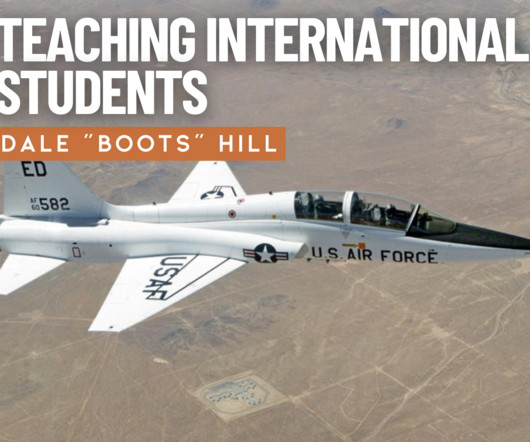
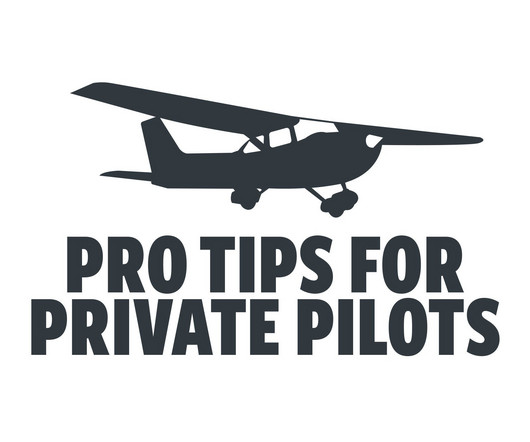
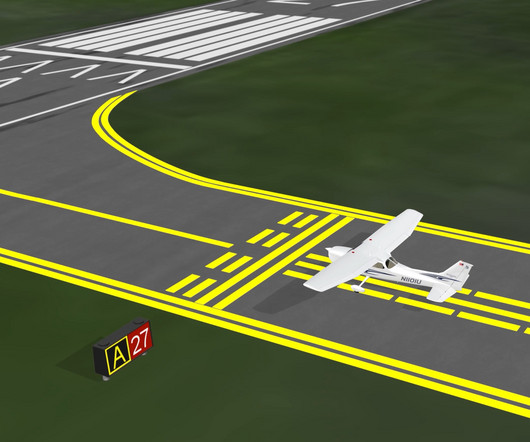






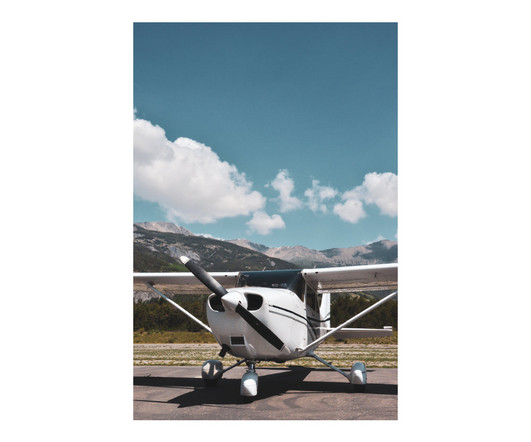

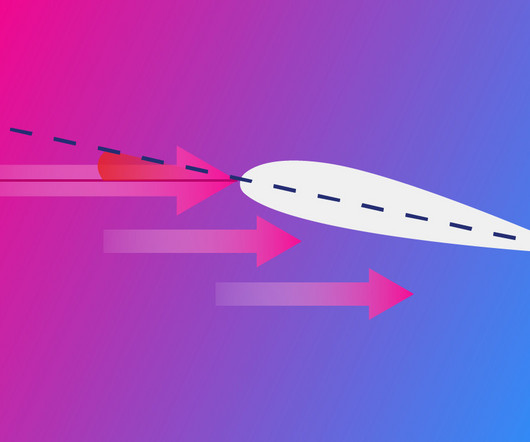

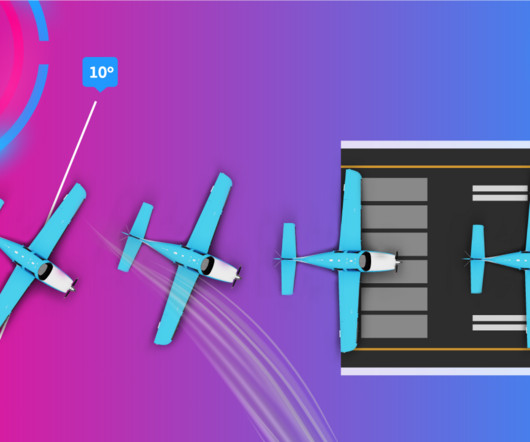
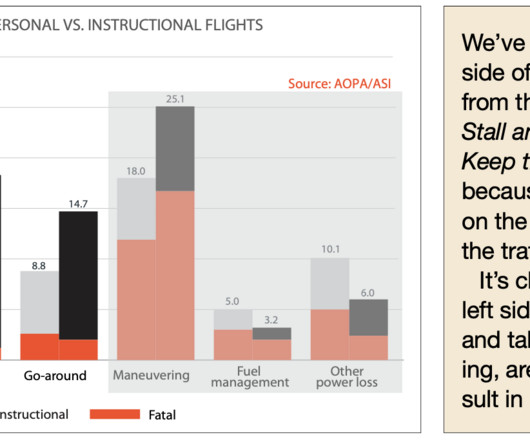













Let's personalize your content